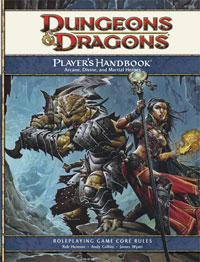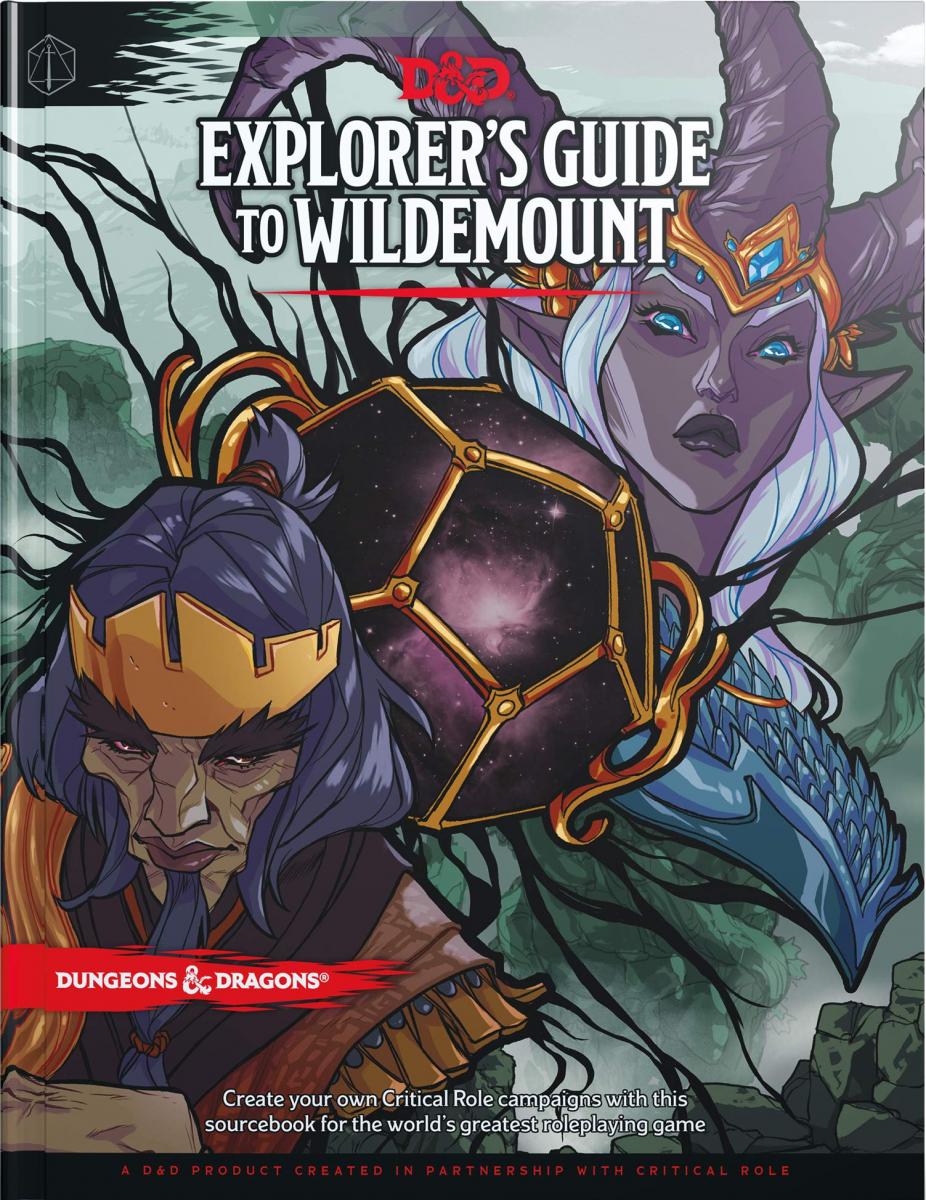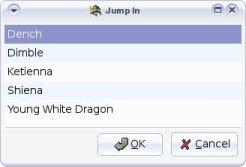Recent changes on the Turn Watcher website
This page includes all the recent changes of the Turn Watcher website. If you cannot find what you are looking for, try the menus or the Site Index.
Initiative in Dungeons & Dragons 4e
Submitted by Alexis Wilke on Mon, 11/20/2017 - 21:23Introduction
 The Fourth Edition of Dungeons & Dragons came out in 2007-2008 (various books came out one after another, the first of the Players' Hand, Dungeon Master's Guide, and Monster Manual were released in June 2008).
The Fourth Edition of Dungeons & Dragons came out in 2007-2008 (various books came out one after another, the first of the Players' Hand, Dungeon Master's Guide, and Monster Manual were released in June 2008).
It was 8 years after the introduction of Third Edition, so probably about time for a new release and additional corrections (although they already published a ...
Initiative in Chainmail
Submitted by Alexis Wilke on Mon, 11/20/2017 - 00:22Introduction
Before Dungeons & Dragons was created, Gary Gygax, with Jeff Perren, created a rule book named «Chainmail, rules for medieval miniatures» that they started selling in 1971.
This was a concept that was born from wargames in a setting that was in medieval time, and later included fantasy creatures such as trolls and goblins (the first version only had humans).
The ...
Initiative in Dungeons & Dragons 3e and 3.5e (and Pathfinder)
Submitted by Alexis Wilke on Sun, 11/19/2017 - 00:25Introduction
The first version of Dungeons & Dragons created by Wizards of the Coast after they purchased Tactical Studies Rules (TSR) on April 10, 1997, 18 years after Gagy Gygax left the company. TSR was failing financially at the time.
TSR was the company that Gary Gygax and his friend Don Kaye founded in 1973. The company produced Chainmail, a wargame, and The Strategic Review, which ...
Initiative and Bonuses, an important aspect of combat
Submitted by Alexis Wilke on Sat, 11/18/2017 - 11:46Original Version (1974)
In the very version of Dungeons & Dragons (1974), initiative would be rolled with 1d6 and you would add your Dexterity bonus which was limited to +1 when you had an ability score of 13 or more. There is the Dexterity bonus table:
|
Dexterity Score |
Missile to Hit Bonus |
|---|---|
| 3-8 | -1 |
| ... |
Documentation Gallery
The following are the screenshots and other images used in the Turn Watcher™ documentation.
Click on the images to enlarge them.
Turn Watcher™ Tutorial
The following list shows you all the available Turn Watcher tutorials.
Rogue Initiative in 5e
Submitted by Alexis Wilke on Sat, 11/11/2017 - 14:45In Dungeons & Dragons version 5e, the Rogue obtains a new feat when reaching level 17 called Thief's Reflexes.
 This feat gives the Rogue the equivalent of two full turns on the first round.
This feat gives the Rogue the equivalent of two full turns on the first round.
This means the Rogue is able to have two full actions, bonus actions, movements, etc. within the first round.
If you have a Rogue that can cast spells, that's where you would be able to use ...
AFK The Webseries: Awakening
Submitted by Alexis Wilke on Sat, 11/11/2017 - 00:13This is a mini webseries posted on YouTube.
If you have not yet seen the episodes I and II posted in 2015, then please go check that video first. It's here: AFK: The Webseries. The Awakenings videos are happening more or less along the episodes I, II, and III.
The storyline is a set of people playing a video game in a world similar to Dungeons & Dragons get sucked in the game and they ...
Initiative in Advanced Dungeons & Dragons 2e
Submitted by Alexis Wilke on Fri, 11/10/2017 - 19:32Introduction
The Combat sequence in Advanced Dungeons & Dragons version 2e was very much streamlined compared to the previous two versions.
First of all, the new designers, led by David Zeb Cook, introduced a clear definition of what an Action is, with a list of things that you can accomplish during a combat round, such as an attack or casting a spell. They also introduced a small list of ...
Initiative in Advanced Dungeons & Dragons (a.k.a. 1e)
Submitted by Alexis Wilke on Fri, 11/10/2017 - 12:46Introduction
Gary Gygax reorganized and enhanced the first version of Dungeons & Dragons of 1974 and published three new books: the Monster Manual (1977), the Player's Handbook (1978), and the Dungeons Master's Guide (1979). Later, more would come out such as Arcana (1985) and Oriential Adventures (1985).
Notice how they first published the Monster Manual that could be used with ...


